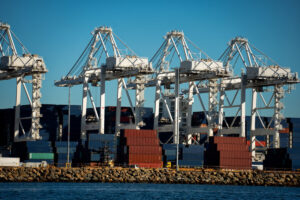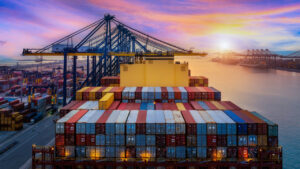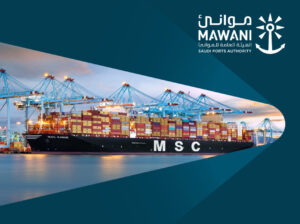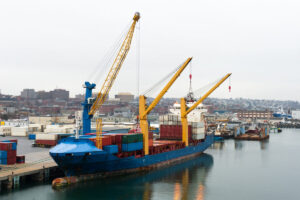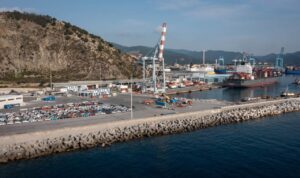China’s seven largest ports saw a 6% increase in TEU throughput in 2014 compared to the previous year, with collective volumes reaching a staggering 118.4 million.
According to the Journal of Commerce, this was due to strong activity from foreign trading throughout in 2014.
China’s top seven ports handled a total 93 million TEU in 2014 from foreign trading activity alone.
2014 Chinese Port Boom Explained. (Source: China Performance Group)
China’s Guangzhou Harbour (the eighth largest port globally) and Shenzhen’s (the third largest globally) foreign container trade increased by 38.8% and 10.4% year-on-year, respectively.
Some individual ports witnessed a decline in container growth, such as Ningbo port which fell by 1.3%, while Shanghai, the world’s busiest port, increased by 7.5% year-on-year.
In total, Shanghai handled 35 million TEU in 2014.
2014 Chinese Port Boom Explained. (Source: Forbes)
Citi Research expect container throughput to rise further due to the projected growth of the US economy.
Citi said in a statement: “We expect the throughput growth [to] continue to stabilise in the future. In addition, we do expect there is an increasing probability that many ports will be able to adjust up their tariffs in 2015 as liners’ operating costs pressure has relaxed due to lower bunker costs.”
According to HSBC, Asian terminal operators are likely to be the big winners of 2015, with container terminal operator International Container Terminal Services being the most likely operator to top global rankings.



